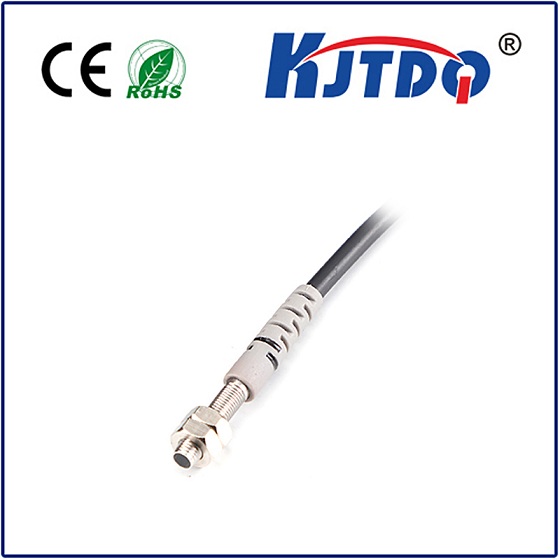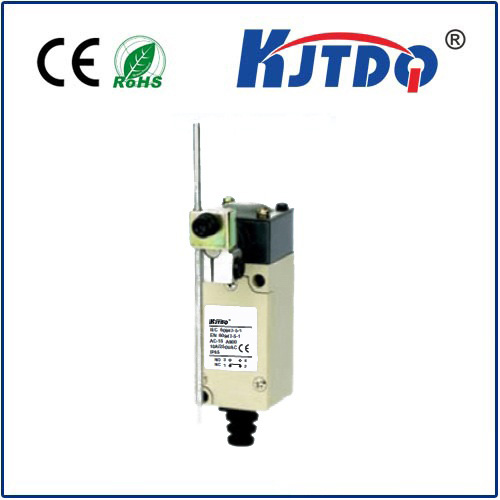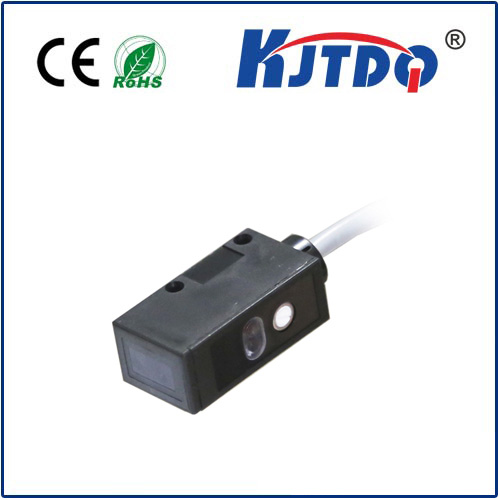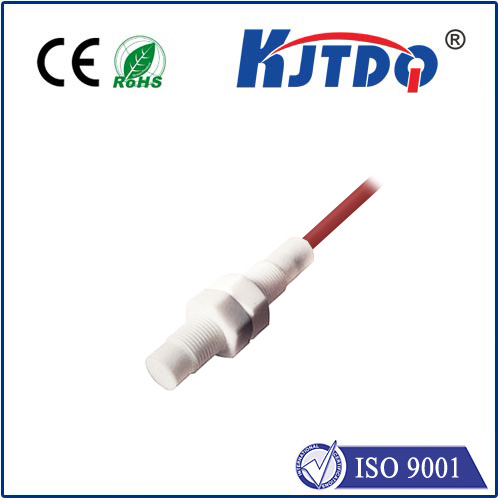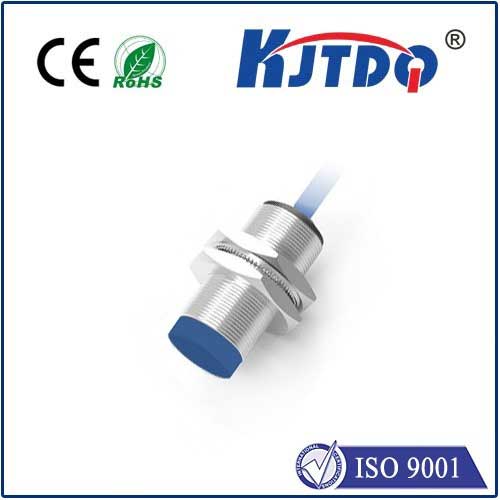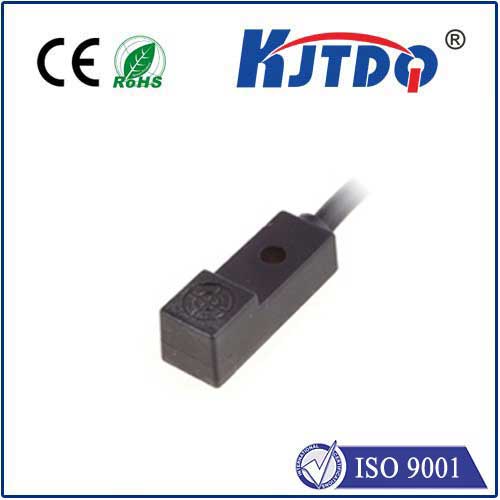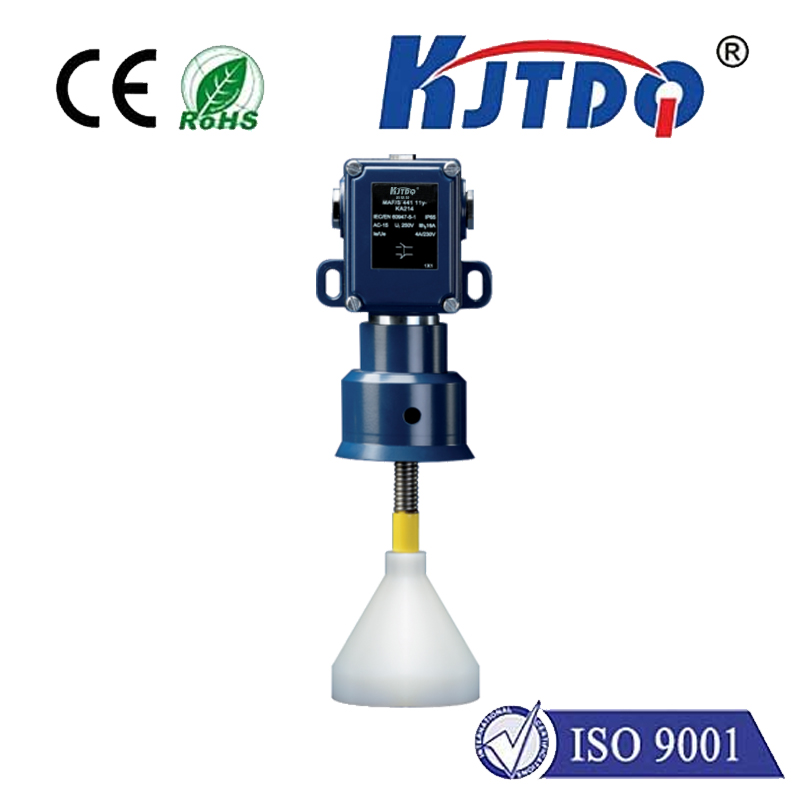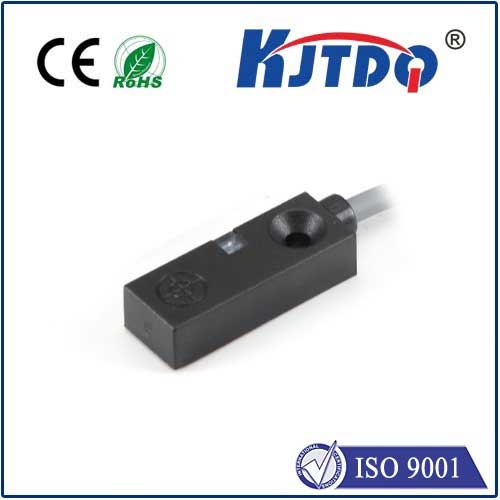optical wheel speed sensor
- time:2025-08-15 01:43:01
- Нажмите:0
Optical Wheel Speed Sensors: Precision Measurement in Motion & Control
Imagine braking hard on a wet road. Your anti-lock braking system (ABS) instantly kicks in, preventing wheel lockup and keeping you in control. Or, picture a high-performance sports car cornering at speed, its stability control seamlessly adjusting power to each wheel. At the heart of these critical safety and performance systems lies a fundamental task: accurately measuring how fast each wheel is rotating. Optical wheel speed sensors (OWSS) are a highly effective technology performing this vital function, offering distinct advantages in demanding applications.
Understanding the Need for Speed Sensing
Knowing the rotational speed of a vehicle’s wheels isn’t just about fancy dashboards; it’s essential for numerous modern systems:
- Anti-lock Braking Systems (ABS): Prevent wheels from locking during braking by constantly comparing wheel speeds and modulating brake pressure.
- Traction Control Systems (TCS): Detect wheel spin (loss of traction) during acceleration and intervene by reducing engine power or applying brakes.
- Electronic Stability Control (ESC): Compare intended vehicle direction (steering input) to actual movement (derived from wheel speeds and other sensors) to detect skids and apply corrective braking.
- Advanced Driver Assistance Systems (ADAS): Provide crucial data for features like adaptive cruise control and automated emergency braking.
- Industrial Automation & Robotics: Monitor and control the speed of motors, conveyors, rollers, and other rotating machinery with high precision.
Accurate, reliable, and fast-responding speed data is non-negotiable for these systems to function effectively and safely.
How Optical Wheel Speed Sensors Work: Harnessing Light
Unlike their magnetic counterparts (Variable Reluctance sensors), optical wheel speed sensors operate on a fundamentally different principle: photoelectric sensing. They are non-contact sensors, meaning they don’t physically touch the rotating part they are measuring. Here’s a breakdown of the core components and their interaction:

- Light Source (Emitter): Typically an Infrared (IR) Light Emitting Diode (LED). This emits a constant beam of invisible infrared light. IR is often chosen for its immunity to interference from visible ambient light.
- Encoder Wheel/Tone Ring: A disc or ring attached to the rotating component (e.g., wheel hub, axle, motor shaft). It features precisely machined slots, holes, or alternating reflective and non-reflective segments around its circumference. This is the encoder that modulates the light signal.
- Photodetector (Receiver): Positioned opposite the emitter, across the encoder wheel. This is usually a photodiode or phototransistor specifically sensitive to the wavelength emitted by the IR LED. Its job is to detect the presence or absence of the light beam.
- Signal Conditioning Circuitry: Converts the raw signal from the photodetector into a clean, usable electrical output signal – typically a digital square wave pulse train.
The Magic Happens:
As the encoder wheel rotates, the slots/holes pass between the emitter and detector, or the reflective/non-reflective segments move past the sensing point. This creates an interruption or modulation of the light beam hitting the photodetector:
- When a slot/hole or reflective segment is aligned, light passes through or reflects onto the detector, generating a signal (e.g., “high”).
- When an opaque or non-reflective segment blocks the light path, the signal drops (e.g., “low”).
Each transition from light-to-dark or dark-to-light corresponds to a specific angular movement of the encoder wheel. By counting these pulses over a specific time period, the rotational speed of the wheel can be precisely calculated. The more slots or segments on the encoder wheel, the higher the resolution of the speed measurement.
Key Advantages of Optical Speed Sensing
Optical wheel speed sensors offer several compelling benefits over other speed sensing technologies:
- High Resolution & Accuracy: The ability to use encoders with many fine slots/segments allows for detection of very small rotational movements, resulting in excellent speed resolution and accuracy, even at very low speeds. This is crucial for precise control systems.
- True Zero-Speed Detection: Unlike VR sensors that require motion to generate a signal, optical sensors can detect the presence of a stationary wheel based on the state of the light beam (blocked or unblocked). This is vital for some TCS and parking brake functions.
- Immunity to Magnetic Fields: Since they rely on light, not magnetism, OWSS are highly resistant to electromagnetic interference (EMI) generated by powerful motors, solenoids, or electrical noise common in modern vehicles and industrial settings.
- Low Speed Performance: They provide strong, reliable signals even at very low rotational speeds or when starting from zero, where VR sensors often struggle.
- Direction Sensing Capability: Using two slightly offset photodetectors within the sensor head, it’s possible to determine the direction of rotation by analyzing the phase relationship of their signals. This is essential for applications like determining vehicle direction (forward/reverse).
Проблемы и соображения
While powerful, optical wheel speed sensors do have specific considerations:
- Contamination Sensitivity: Dirt, dust, mud, snow, or oil buildup on the lens surfaces or encoder wheel can scatter or block the light beam, leading to signal loss or errors. Proper sealing and placement are critical in harsh environments.
- Component Alignment: Precise alignment between the sensor head and the encoder wheel is necessary for reliable signal generation. Misalignment can weaken the signal or cause dropouts.
- Cost: Generally, optical sensors and their associated precision encoder wheels can be more expensive to manufacture than simpler VR sensor systems.
- Temperature Sensitivity: Extreme temperatures can potentially affect LED output and photodetector sensitivity, although modern designs minimize this impact.
Where Optical Wheel Speed Shine: Applications
Given their strengths, optical wheel speed sensors are the preferred choice in scenarios demanding high precision, EMI resistance, and low-speed sensing:
- High-Performance Vehicle Systems: Critical for advanced ABS, TCS, and ESC where millisecond-level precision and interference immunity are paramount (e.g., motorsport, luxury vehicles).
- Precision Industrial Machinery: CNC machines, robotics, servo motors, printing presses, packaging lines – anywhere precise rotational speed and position feedback are needed.
- Medical Equipment: Diagnostic devices, infusion pumps, surgical robots requiring clean, accurate motion control.
- Laboratory Instruments: Analytical equipment, centrifuges, spectrometers.
- Consumer Electronics: High-end computer mice, gaming controllers, drones.
Evolving Technology
Optical sensor technology continues to advance. Integrated designs combine the emitter, detector, and signal processing into robust, miniaturized packages. Improved lens materials and coatings enhance resistance to contamination and harsh environments. The use of sophisticated photodetector arrays further boosts resolution and enables advanced features.
The Bottom Line
Optical wheel speed sensors provide a sophisticated and highly effective solution for measuring rotational speed where precision, accuracy, and noise immunity are critical. By harnessing the properties of light, they deliver the robust, high-fidelity signals demanded by advanced safety systems, performance vehicles, and intricate industrial automation. Their ability to operate effectively from standstill to high speeds makes them an indispensable component in the modern landscape of motion control and safety. As technology evolves, their role in enabling smarter, safer, and more precise systems will only grow.


